detail profile lucrecia martel
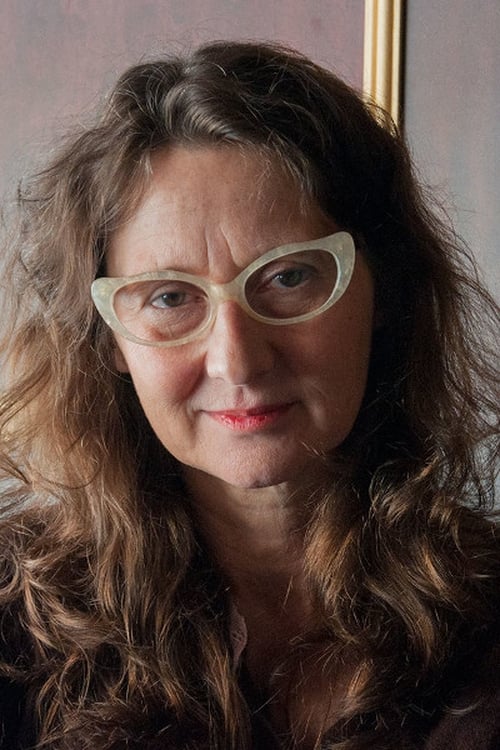
Riwayat Hidup
Lucrecia Martel (born December 14, 1966) is an Argentine film director, screenwriter, and producer.
She is a part of the New Argentine Cinema wave of contemporary film-making that began in the mid-1990s.
Info Pribadi
Peran Yang Di Mainkan Lucrecia Martel
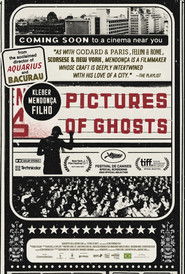 Downtown Recifes classic movie palaces from...
Downtown Recifes classic movie palaces from...Pictures of Ghosts 2023
Downtown Recife’s classic movie palaces from the 20th century are mostly gone. That city area is now an archaeological site of sorts that reveals aspects of life in society which have been lost. And that’s just part of the story.
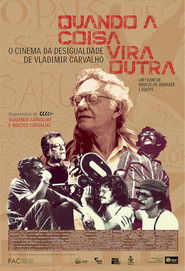 Vladimir Carvalhos Cinema of Inequality marked...
Vladimir Carvalhos Cinema of Inequality marked...Quando a Coisa Vira Outra 2022
Vladimir Carvalho's Cinema of Inequality marked the documentary filmmaker's trajectory over decades of activity. Considered one of the most important Brazilian documentary filmmakers in activity, his images influenced the emergence of Cinema Novo and the new Brazilian documentary years later. Quando a Coisa Vira Outra covers the most important films made by Vladimir, revealing where ideas come from to show the true reality of a country.
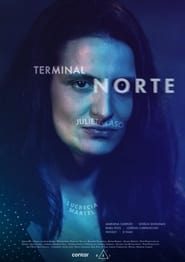 During the 2020 lockdown Lucrecia Martel returns...
During the 2020 lockdown Lucrecia Martel returns...North Terminal 2022
During the 2020 lockdown, Lucrecia Martel returns to her home in Salta, Argentina’s most conservative region. Here she follows Julieta Laso who, like a muse, introduces her to a group of female artists and defiant people who exchange glances and opinions around a fire.
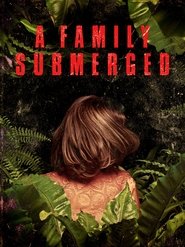 Marcelas world becomes strange and unfamiliar...
Marcelas world becomes strange and unfamiliar...A Family Submerged 2018
Marcela’s world becomes strange and unfamiliar after her sister Rina dies. She feels lost in her own house, and her relationship with her husband and children seems to suffer. But when Nacho, a young friend of her daughter’s, unexpectedly drops by, she starts to talk and walk with him. Gradually Marcela begins to have conversations with relatives from another dimension.
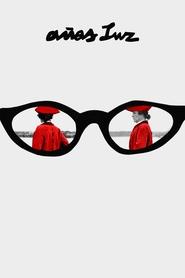 ZAMA 2017 Lucrecia Martel didnt come alone...
ZAMA 2017 Lucrecia Martel didnt come alone...Light Years 2017
ZAMA (2017, Lucrecia Martel) didn’t come alone. It brought with her a shooting journal written by Selva Almada –El mono en el remolino– and this documentary by Manuel Abramovich, who, as a sound intruder, captured the meticulous work of the director from Salta and the warm, human, joyful precision.
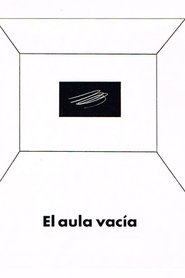 Eleven award winning directors explore why...
Eleven award winning directors explore why...The Empty Classroom 2015
Eleven award winning directors explore why nearly one out of every two students in Latin America never graduates high school.
 An abandoned tumbledown theater in the...
An abandoned tumbledown theater in the...About Cinema 2015
An abandoned tumbledown theater in the outback of Paraíba state is the initial setting of a film about cinema, which explores the testimonials of the novelist and playwright Ariano Suassuna and other filmmakers such as Ruy Guerra, Julio Bressane, Ken Loach, Andrzej Wajda, Karim Ainouz, José Padilha, Hector Babenco, Vilmos Zsigmond, Béla Tarr, Gus Van Sant and Jia Zhangke. They all respond to two basic questions: why do they make movies and why do they serve the seventh art. The filmmakers share their thoughts about time, narrative, rhythm, light, movement, the meaning of tragedy, the audience‘s desires and the boundaries with other forms of art.
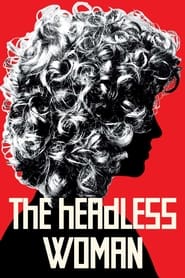 After running into something with her...
After running into something with her...The Headless Woman 2008
After running into something with her car, Vero experiences a particular psychological state. She realizes she might have killed someone.
 Amalia is an adolescent girl who...
Amalia is an adolescent girl who...The Holy Girl 2004
Amalia is an adolescent girl who is caught in the throes of her emerging sexuality and her deeply held passion for her Catholic faith. These two drives mingle when the visiting Dr. Jano takes advantage of a crowd to get inappropriately close to the girl. Repulsed by him but inspired by an inner burning, Amalia decides it is her God-given mission to save the doctor from his behavior, and she begins to stalk Dr. Jano, becoming a most unusual voyeur.
 This film follows the crisscrossed fortunes...
This film follows the crisscrossed fortunes...The Magic Gloves 2003
This film follows the crisscrossed fortunes of, among others, a rock musician, a flight attendant, a dog walker with an alarming penchant for over-the-counter medication, and a cab driver, who doesn’t really care about his life spiralling out of control, as long as he can sit in his old Renault 12.
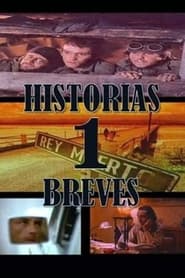 The film brings together the winners...
The film brings together the winners...Historias Breves 1 1995
The film brings together the winners of the first edition of the Argentine National Film Board's (INCAA) annual public script competition, the grand prize of which is the budget to produce a short film. Eventually screened in national theaters, the omnibus film gave rise and recognition to a new generation of Argentine filmmakers known collectively as the New Argentine Cinema—a wave of contemporary filmmaking that began in the mid-1990s in reaction to decades of political and economic crises in the country.
 A visually spectacular landscape of lush...
A visually spectacular landscape of lush...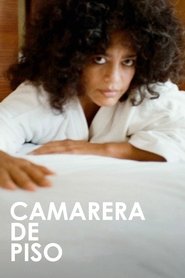 A woman applies for a job...
A woman applies for a job...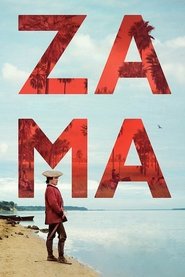 In a remote South American colony...
In a remote South American colony...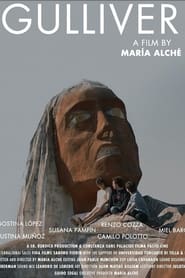 After a party Agos and Ren...
After a party Agos and Ren...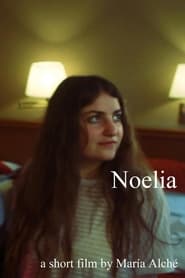 Seemingly abandoned a young woman walks...
Seemingly abandoned a young woman walks... The life of two women and...
The life of two women and...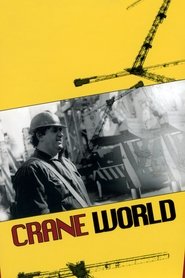 The portrait of a man and...
The portrait of a man and...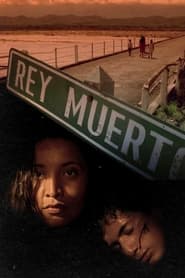 A wife tries to leave her...
A wife tries to leave her...